 Project Britain
Project Britain
British Life and Culture
by Mandy Barrow
- Search our Site
- Project Britain
- Calendars
- Facts and figures
- London
- Great Britain
- Union Flag
- A-Z of Britain
- Customs & traditions
- Britain today
- Daily Life
- Money
- Etiquette
- Monarchy
- Government
- Education
- Tourist Information
- Food and drink
- Sports and leisure
- History
- Kings and Queens
- Superstitions
- Glossary
|
Types of Transport in Britain
|
||||
|
Roads and motorways are Britain's primary domestic transport routes. There are some 225,000 miles (362,000 km) of roads in Britain.
Travel by car, van or taxi is by far the most common means of transport, accounting for 85 per cent of passenger mileage in Great Britain. Cars
Most people in Britain travel by car. About 75% of households have at least one car.
Motorcycles
Motorcycling is popular in Britain, both as a means of transport and as a pastime with over one million motorcyclists. A moped with an engine capacity up to 50cc can be ridden at the age of 16 with a provisional licence. The maximum legal speed a moped can be ridden is 30 mph (50kph). A full motorcycle licence can be obtained at the age of 17 after passing a test. Lorries
At the beginning of the 20th century, railway trains and canal barges were the main means of transporting heavy goods. Now around 65% are carried by lorries. Buses and Coaches We have single decker and double decker buses. You can see them in our towns and cities. We use coaches for travelling longer distances or for going on school outings.
The red double decker buses (pictured below) are famous all over the world. You can see loads of them in London. A Double Decker bus for you to colour Make a London bus out of paper
There are two main kinds of buses in London: the red double-decker and the red single-decker.
The main places a bus goes to are shown on the front of the bus. Some double-deckers have automatic doors and you pay the driver when you go in. On single-deckers you sometimes buy your ticket from a machine in the bus. Most London buses have a conductor who will come round and collect fares. Sightseeing buses There are many sightseeing, open top, buses in London and other cities.
Trams
Taxis In London, the taxis are black but in the rest of the country they are different colours. Black Cabs are the only taxi you can hail from the street (though they now come in other colours as well). With the "for hire" sign lit, the driver is obliged to stop for you. A london taxis for you to colour Trains
The rail network in Britain is one of the most extensive in Europe with over 11,000 miles (17,500km) of lines, some 2,500 stations and around 1,500 trains a day.
The major stations in London are: Euston, St Pancras, Victoria and Charing Cross. The Tube
When in London, "the Tube" is a great means of getting around! Find out more about travelling on the underground
Euro Trains The trains travel under the sea in a very long tunnel called the Channel Tunnel. The tunnel was completed in 1995 and is 50 metres below the sea bed. Eurostar is the high-speed train service linking London, Ashford, Paris, Brussels, Lille, Avignon, Calais, Disneyland Resort Paris and the French Alps. Journey Times London to Paris - 2 hours 15 mins Eurostar only transports people, if you would like to take you car you have to go on the Euro Shuttle. The "Shuttle" service joins Calais to Folkestone in 35 minutes. We drive our cars onto the Shuttle trains. Airports
ENGLAND : There are 470 airports in England. London has five airports : Heathrow, Gatwick, Stanstead, London City and Luton. The first three have underground connections to the centre of London and are the main London airports. Heathrow and Gatwick Airports are the two main centres for overseas flights. London (Heathrow) Airport is one of the largest airports in the world and has two tube stations. The number of passengers arriving and departing to or from London's airports equalled over 120 million in 2004. Heathrow handled 67m passengers, making the airport the busiest and best connected in the world. Source; CAA, BAA SCOTLAND : Ships
Shipping still remains the main form of cargo transport in to and out of Britain, despite the opening of the Channel Tunnel to France in 1994. The busiest sea port is Dover. Many ferries cross the seas between England and Spain, Ireland, the Netherlands and France. Below is some information about ferry crossings from England to Ireland, France, Isle of Wight and Holland Dover to Calais Portsmouth to Le Havre Portsmouth to Cherbourg Hull to Rotterdam Hull to Zeebrugge Liverpool to Dublin Southampton to Isle of Wight Swansea to Cork Other transport: Photo of an Ice Cream Van Photo of a Fire Engine in England
What is it like to drive Britain? (Roads and speed limits)
|
||||
 © Copyright - please read © Copyright - please read All the materials on these pages are free for homework and classroom use only. You may not redistribute, sell or place the content of this page on any other website or blog without written permission from the Mandy Barrow. |
© Copyright Mandy Barrow 2014
Mandy is the creator of the Woodlands Resources section of the Woodlands Junior website.
The two websites projectbritain.com and primaryhomeworkhelp.co.uk are the new homes for the Woodlands Resources.
Mandy left Woodlands in 2003 to work in Kent schools as an ICT Consultant.
She now teaches computers at The Granville School and St. John's Primary School in Sevenoaks Kent.
Woodlands Junior Homework Help new website
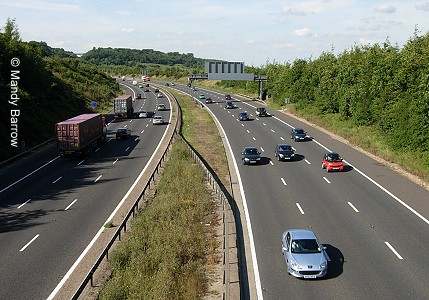



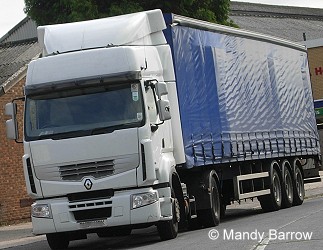
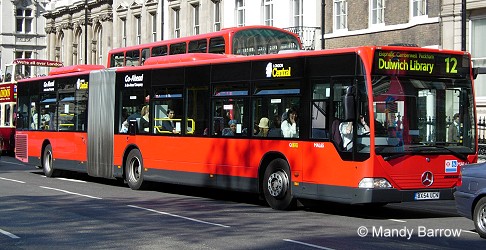
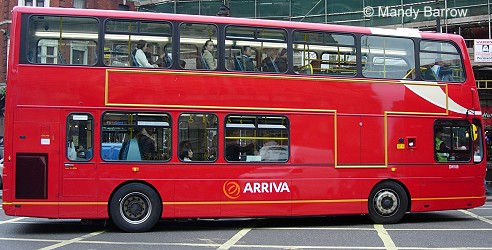
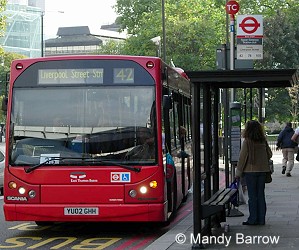
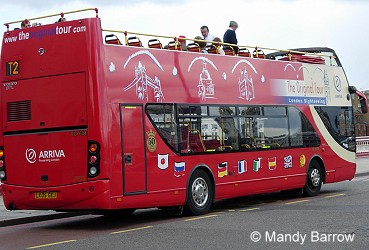



 The London underground railway system (or 'tube', as it is known locally) celebrated its centenary in 1990 and is internationally famous, ranking alongside the Paris metro and the New York subway. London's tube network covers the largest area of any underground rail system, with 242 miles (391km of tracks, of which around 106 miles (171 km) is underground, and 267 stations. The tube runs to all areas of central and greater London, connecting all mainline stations.
The London underground railway system (or 'tube', as it is known locally) celebrated its centenary in 1990 and is internationally famous, ranking alongside the Paris metro and the New York subway. London's tube network covers the largest area of any underground rail system, with 242 miles (391km of tracks, of which around 106 miles (171 km) is underground, and 267 stations. The tube runs to all areas of central and greater London, connecting all mainline stations.
